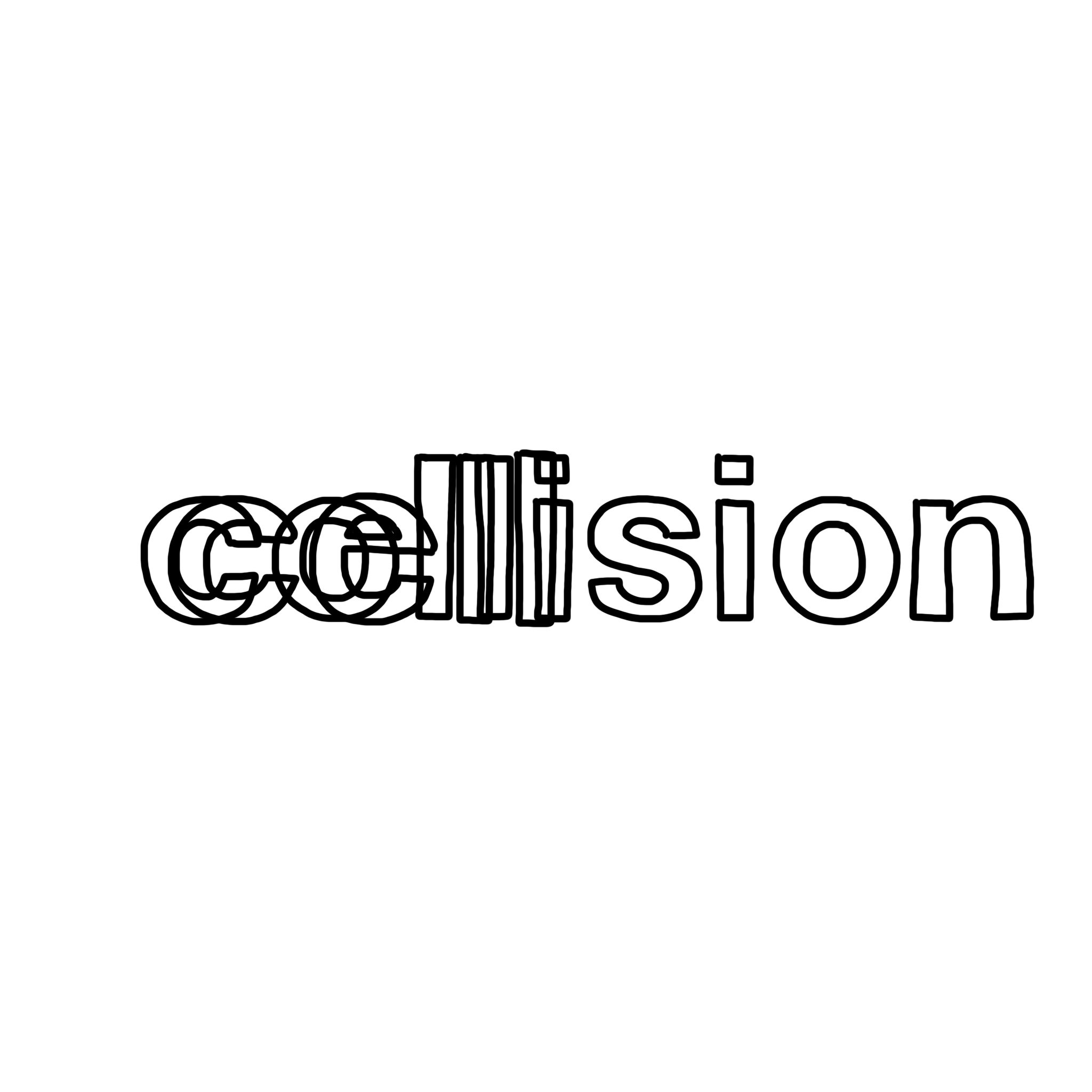Cell Collision is a collection of digital studies that meditates on technology, nature, capitalism, human identity, and their ligamentous relationships. Now available on issuu.
Books
Triggers Now Available For Digital Download /
Triggers is a collection of meditations on memory and identity in a digital age. I use various media -digital and analog-to create a meaningful and cohesive document for an elusive future. Grammarly, an AI-powered app, edited text. Slidebook provided the layout. It’s available as a digital download on Issuu for $1.99.
To purchase Triggers.
Seattle Drawn available For Digital Download /
I have been documenting Seattle through digital drawings since 2016, when I relocated with my family from New York State. Seattle Drawn is a 244-page collection of those drawings. It is currently available as a digital download for only $1.99. A limited-edition print run is planned in the coming months.
To purchase Seattle Drawn.



